How do you normally log in to your computer? For many of us, our main user account is also the administrator account. This gives us full power to install software, change settings, and do whatever we want on our PC or Mac. It's convenient, but here's a crucial security secret: using a non-administrator account for your day-to-day activities is one of the smartest and most effective ways to protect your computer from malware!
This security practice is known as the "Principle of Least Privilege." Think of it like this: your administrator account is the master key to your entire house, while a standard user account is like a key to just your living room. You wouldn't walk around all day with your master key hanging out of your pocket, would you? You’d only grab it when you need to get into a locked closet or a specific room. The same idea applies to your computer.
The Big Problem with Being an Admin:
Most malware attacks—viruses, ransomware, and spyware—can only do as much damage as the account they're running under.
- Admin-Level Malware: If you're logged in with an administrator account and a piece of malware gets on your system, that malware suddenly has full run of the place. It can install more malicious software, change critical system files, encrypt all your data (in the case of ransomware), and wreak absolute havoc on your computer.
- Limited Malware: If you're logged in with a standard user account, the malware's power is severely limited. It can't make system-wide changes, and it can't install new software without the administrator's password. This effectively walls off the threat and dramatically reduces the impact of an infection.
Your New User Account Strategy:
Ready to adopt the Principle of Least Privilege and protect your computer? It's a simple, two-step process that can save you a world of trouble.
- Create a New Standard User Account:
- On a PC (Windows): Go to Settings > Accounts > Family & other users. Click "Add someone else to this PC," and follow the prompts to create a new user. Make sure you select "Standard user" as the account type.
- On a Mac: Go to System Settings > Users & Groups. Click the "Add Account" button (+) to create a new user. Be sure the "New Account" type is set to "Standard."
- Use It for Everything (Almost!):
- Once you've created your standard account, log out of your administrator account and start using the new one for all your daily activities. This includes Browse the web, checking email, using social media, and working on documents.
When to Use Your Admin Account:
You'll only need to switch to your administrator account for specific, high-privilege tasks.
- Installing or Uninstalling Software: When you need to add or remove a program.
- Changing System Settings: When you need to make a change that affects the entire computer, not just your user account.
- Running Updates: While some updates happen automatically, major OS or software updates might require an admin login.
When you need to do one of these things, your computer will likely pop up a window asking for an administrator password. You can simply enter the password for your admin account without having to log out completely.
By adopting this simple habit, you're making your computer a much harder target for malware. You're effectively taking away the keys from a potential burglar and only handing them over when absolutely necessary. It's a powerful and easy way to stay safer online.



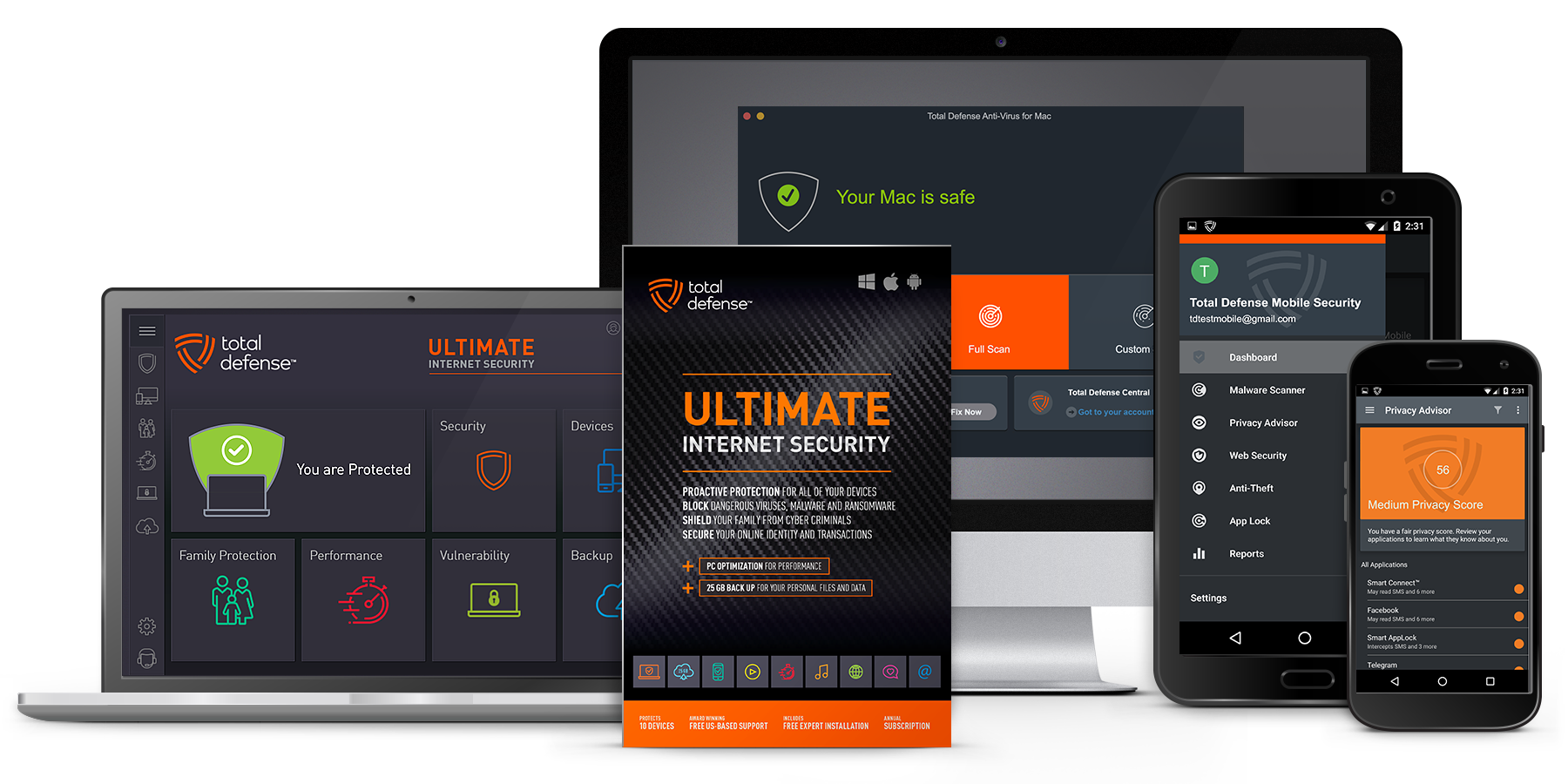
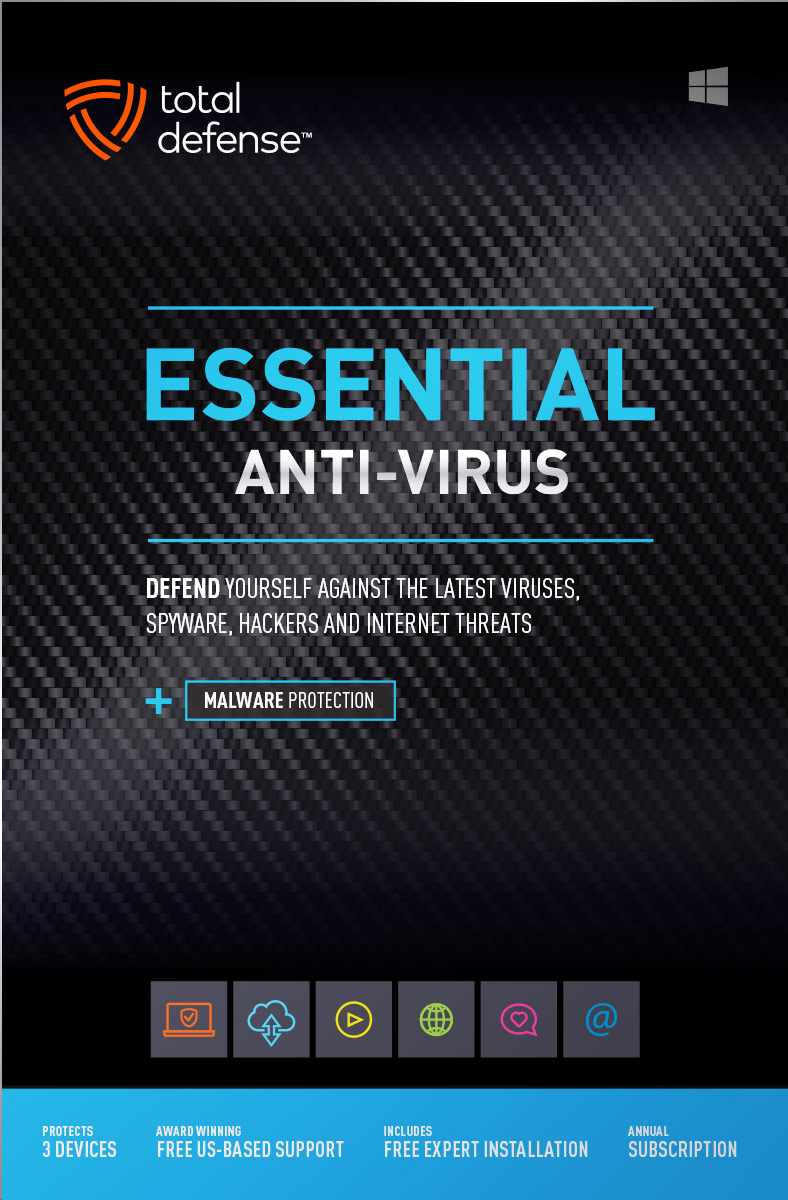
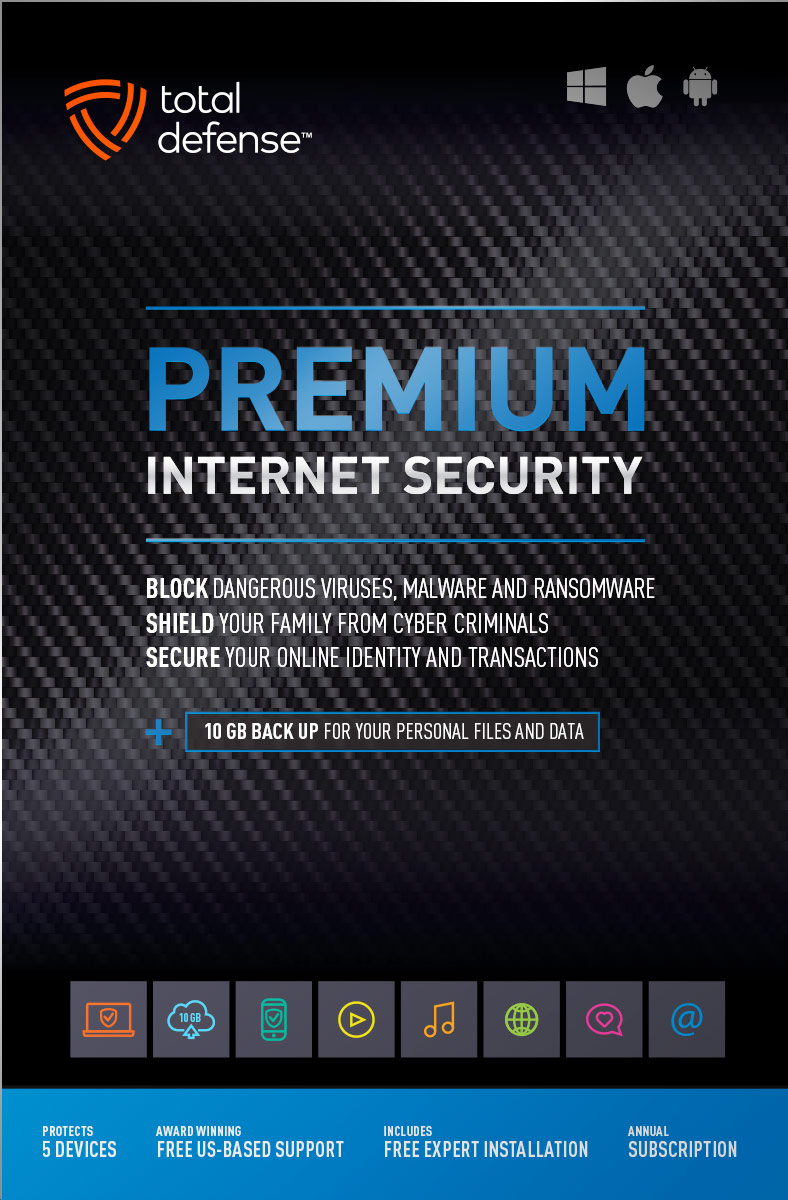
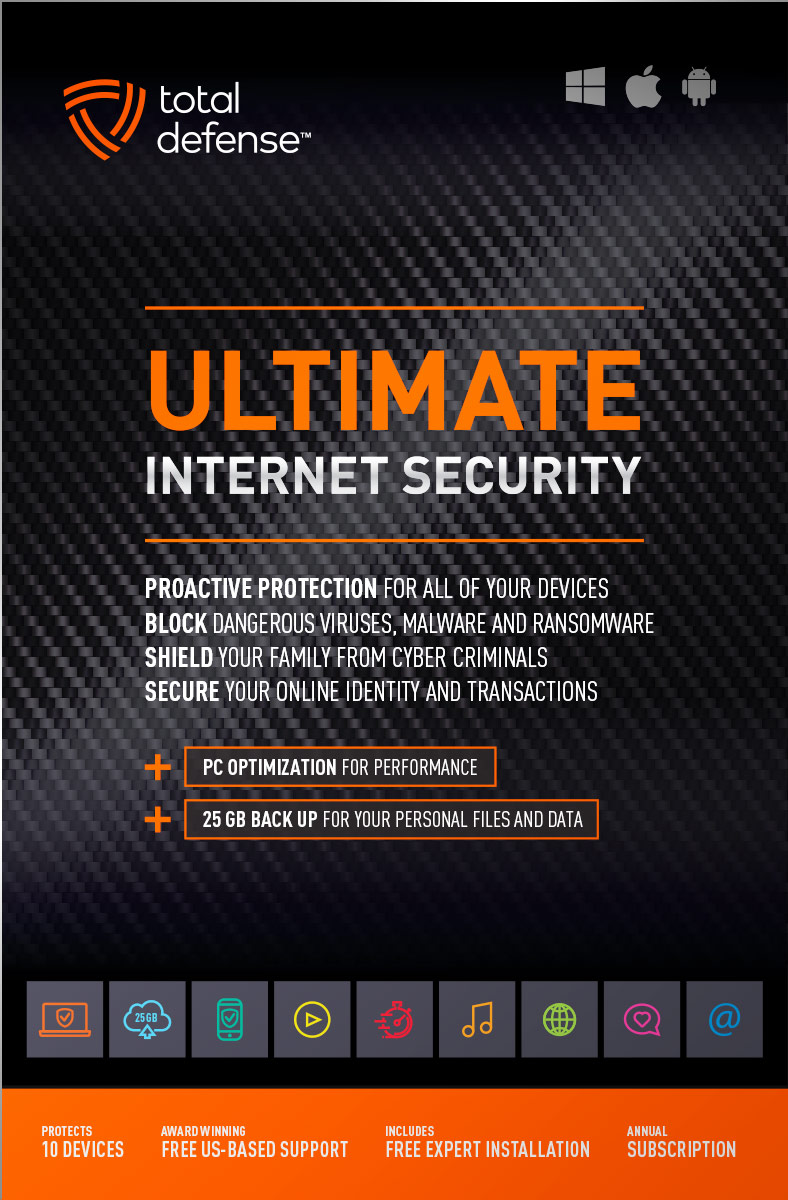
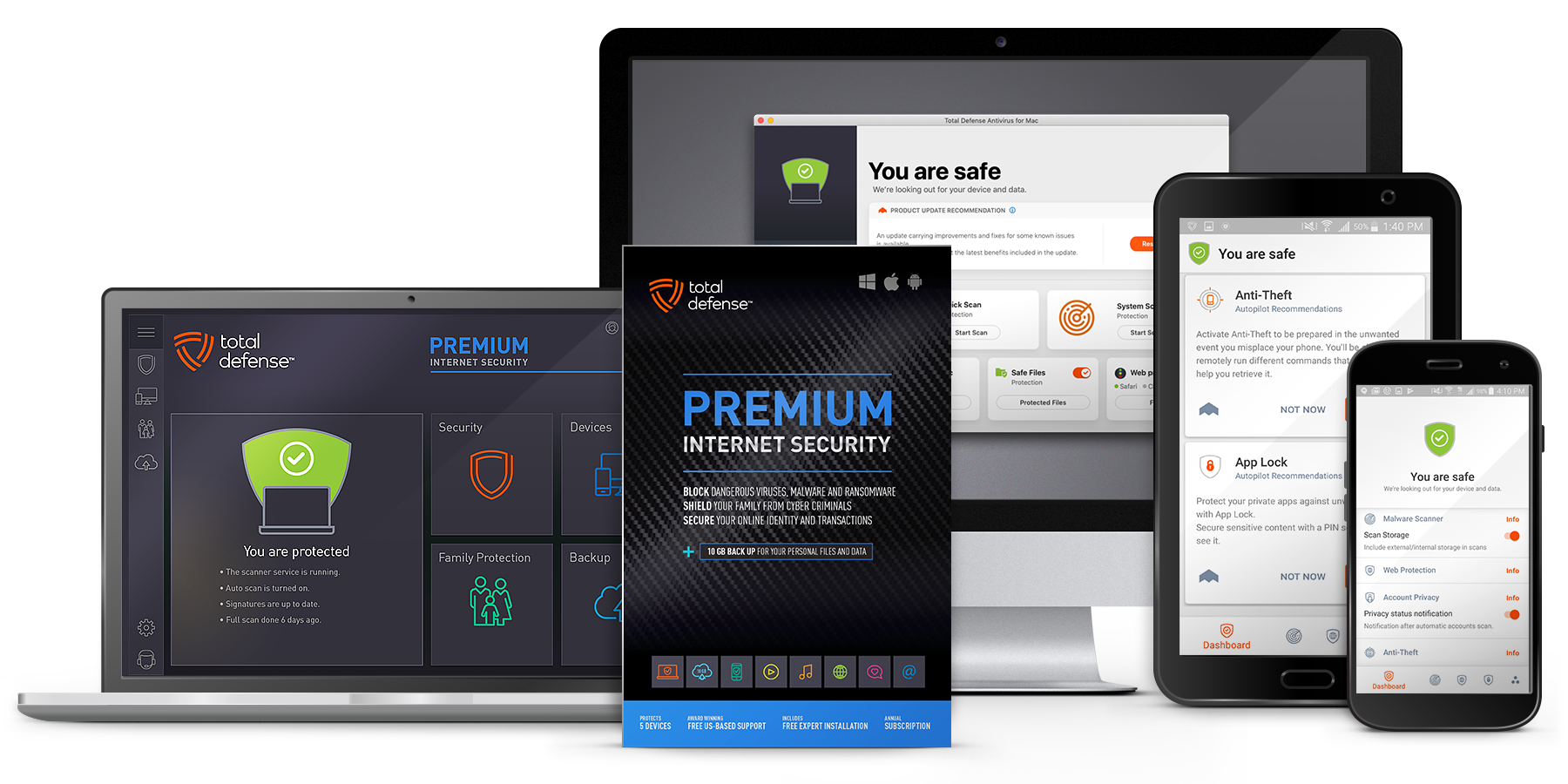
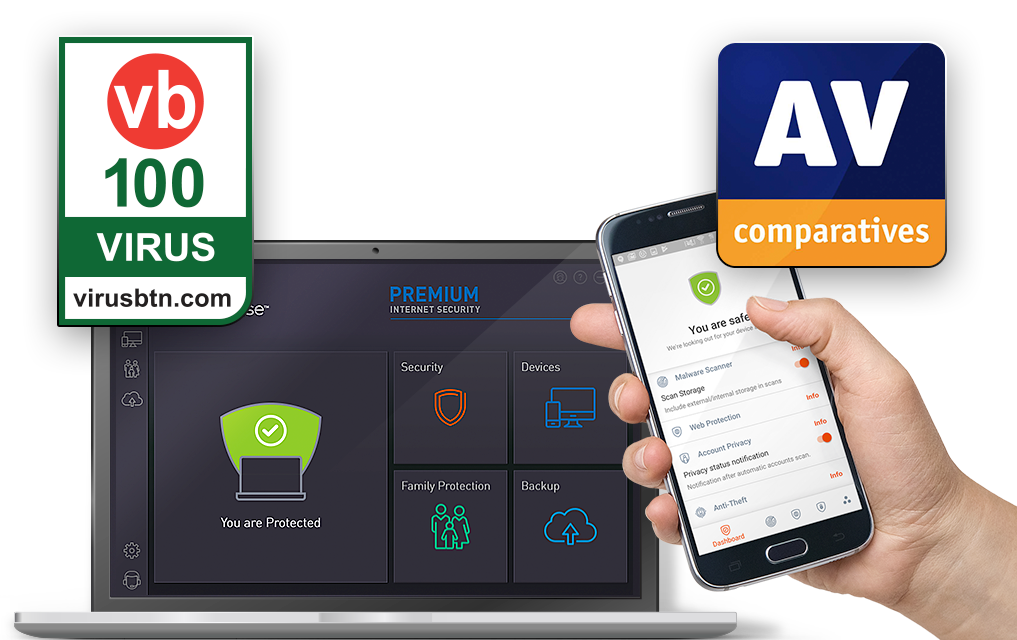
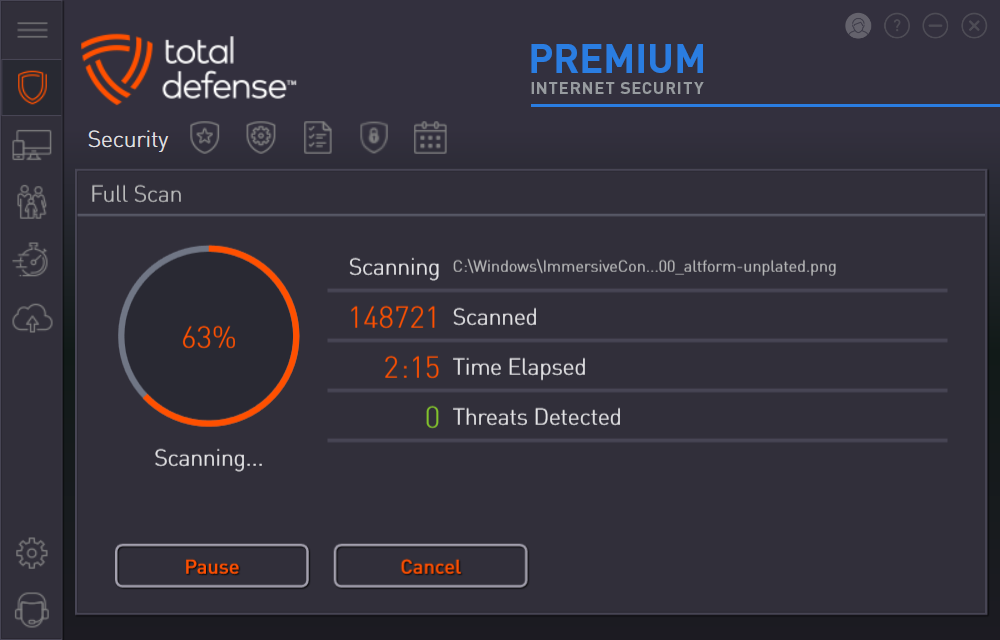
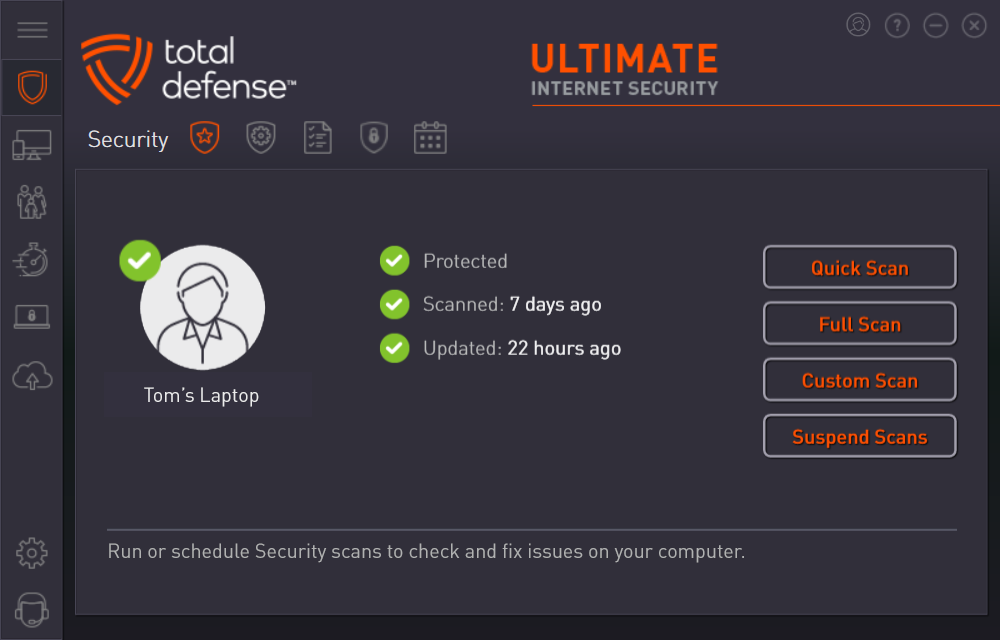



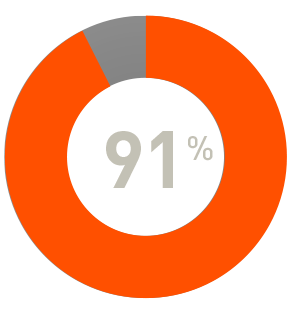

 RAP Tests
RAP Tests


